A Ramadan holiday in Indonesia: Slow season in Sambal country
Indonesia is like a magical alternate Philippines. From the sky, it looks like my beloved country in every way: lights and highways and the sea on the peripheries, residential houses, skyscrapers and looming thunderclouds on the horizon.
When you finally land at the airport, you feel all the more at home because the airport looks just as modern as our very own Ninoy Aquino International Airport. It even has three terminals, just like ours.
Once inside, you become a bit disoriented by the sweet scent of cloves left by kretek smoke on people’s clothes, and by the strange yet familiar language coming out of the speakers. Bahasa Indonesia and Filipino share many words together: kanan, dua, sinta, dalamhati, mahal, which indicate a much deeper connection than Anggun and Gudang Garam.
As far back as the Madjapahit Empire in precolonial Philippines, we’ve enjoyed a rich history with our Indonesian brothers, as ancient trade records in Butuan, Davao and other parts of Mindanao have borne out.
At 2 million square kilometers in size and with a population of more than 260 million, Indonesia is a much larger version of the Philippines. A sense of expanse is immediately palpable in its public spaces. For one, the Soekarno-Hatta Airport is HUGE, almost seven square miles in size, roughly equivalent to 300 football fields!
If Wikipedia is to be believed, Philippines actually has more people per square kilometer (40,000) than Indonesia (only 144). Which was probably why I felt the country had a lot more breathing space, not just physically but psychologically.
Indonesia felt slower in many ways. People looked somewhat more relaxed and took their time with their activities, something that you’d typically associate with rural living, but was the case even in cosmopolitan Jakarta.
Perhaps it was also because I arrived on the third day of Ramadan, the slowest season in the Islamic world, when Muslims fasted, spent much of their days in prayer, read the Koran, and basically acknowledged that there is more to this world than just eating, drinking, being merry, and working to death.

I’m a Muslim living in Quezon City and I’ve always wanted to experience Ramadan in a Muslim- majority nation, even for just a few days. Allah was merciful and finally granted my wish in the form of my best friend Ging, who agreed to sponsor my trip to Jakarta as a special token of our profound and amazing 34-year sisterhood.
She’d been working in Jakarta for the last 2 years and already had an excellent command of conversational Bahasa, so I couldn’t have asked for a more perfect tour guide.
Jaywalker’s Paradise
Many of my friends who’ve been to Jakarta only remember the wide stretch of highways, toll routes, and Dutch-influenced architecture lining these massive roads.
Because it is best walked — and walked slowly — Jakarta will disappoint when you spend too much time in a taxi or car the whole time.
On one edge of their massive highway in Central Jakarta, ojeks (motorcyclists) waited for passengers, and not a few offered me their services as I negotiated the roads. After all, I was the only tourist crazy enough to be walking along major thoroughfares – and even cross it without using a pedestrian lane; there was no such thing for at least another mile.
I’m one of those idiots who will cross a road in Manila even when cars are coming at me at 60 kilometers per hour, but thankfully, Allah has kept me alive long enough to bring me to the jaywalker’s paradise that is Jakarta.
I was astounded by the patience displayed by Indonesian motorists as they slowed down to let me jaywalk on their busy roads. At one point, I came upon a railroad crossing, its gate closed. Even the train was slow to arrive, so I walked across the tracks while the motorists stared.
My death-defying walk ironically took me to a cemetery, where for some bizarre reason, I quickly glimpsed from my peripheral vision, a familiar name on a tombstone: the name of my favorite Indonesian writer whose book made me ugly-cry inside an Ikot jeep in UP Diliman during my freshman year.
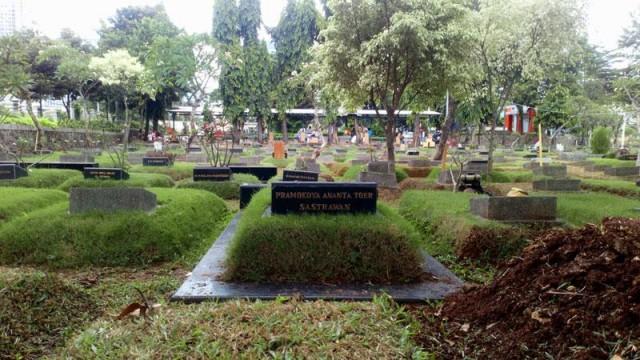
Holy Grounds?It would’ve been difficult for me to appreciate the cavernous wonders of Istiqlal Mosque without Ging, who interviewed our non-English-speaking Muslim guide as he led us barefoot inside the mosque and told us about the place.
I’d always entertained the conceit that I could easily connect to a fellow Muslim anywhere in the world by virtue of our shared religion, but this notion fell apart that day, as I could only smile and nod to our guide’s strained efforts at English.
Istiqlal Mosque was built for 17 years and completed in the 1970’s to celebrate Indonesia’s independence from the Dutch. Non-Muslims are welcome to visit the holy grounds as long as they dress modestly.
Aside from its pedigree as an important place visited by many heads of state from around the world, the mosque is a true sanctuary for the country’s downtrodden. Those with nowhere else to go or wanting to seek divine wisdom for their problems stay in Istiqlal for as long as three months, their food, shelter and toilet needs all covered during their stay.
Right in front of the mosque is the Jakarta Cathedral, whose parishioners use the mosque’s parking lot for overflow traffic on Sundays and other Catholic holidays. Peaceful coexistence is the norm, reminding me of a similarly amazing sight back home: that of the Golden Mosque, just across the street from Quiapo Church, whose parishioners buy DVDs, dusters and other wares from Muslim vendors in the area.
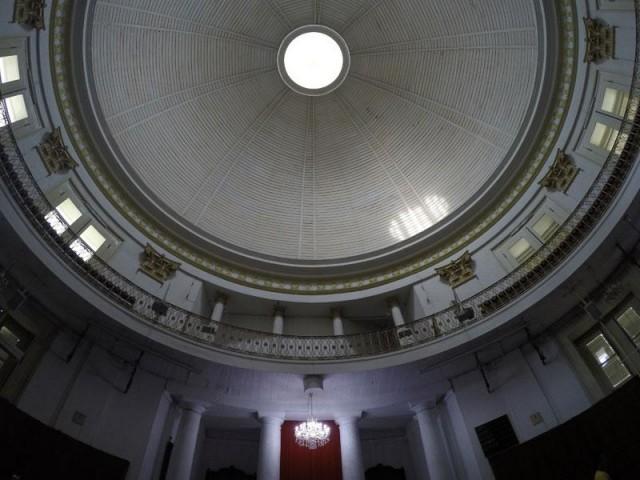
Unfortunately, a fragile peace exists in other parts of Indonesia (as is also the case in the Philippines), with Surabaya province that time just having been wracked by three church bombings, disturbingly carried out by extremist couples and their very own children as young as 7 years old.
?

Mall Culture
Walking around the vicinity of Thamrin City, I saw that the restaurants were open but most had their shades and curtains on the whole day. I was told that they do so out of consideration for passers-by who are observing puasa (fasting) on Ramadan.
I didn’t notice any other unusual sight for the day. That part of Central Jakarta looked like Ortigas Center. There was even a Shangri-La Hotel nearby. In front of our building was an Ascott and the Grand Indonesia Mall, a good place to go people-watching.
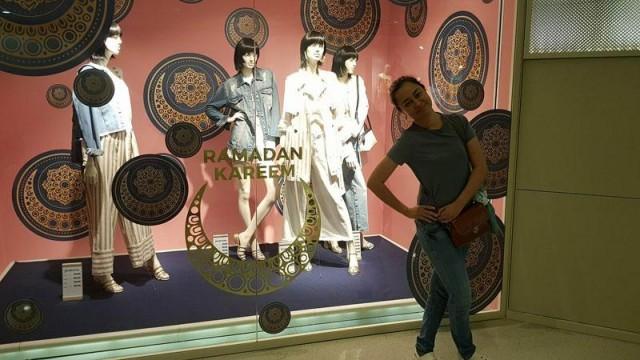
If conservatism is determined by the length of sleeve or hem, then Indonesians are quite conservative. But there is sophistication in their style, and a desire to heighten, not hide, their beauty, which is somewhat at odds with the much more severe sensibility of middle-eastern Islam.
The women wear colorful hijabs (veils) loosely over tunic blouses, jeans, and pumps, heels or sneakers, though I was surprised to see one or two flaunting some skin now and then (most likely, non-Muslim).
The men wore typical jeans and shirt or hoodies, just like ours back home. This made me realize that there are many other ways of being Muslim, and I’m liking the kikay Indonesian version a lot.
While Ging was at work, I decided to meet my long-time Indonesian friend, Amelia, at an office she shared with her half-Filipino husband Yosef. She had just come from a long commute while I’d gotten lost in the streets of East Kuningan looking for her address, so it didn’t take us too long to decide to just go to the mall and do the cream bath thing to destress.
A trip to any mall wouldn’t be complete without a detour to the grocery, and an Indonesian grocery is a food lover’s paradise. Shelves are stacked with so many products, mostly local. I would want to keep getting my kecap manis (sweet soy sauce), java arabica coffee (as we know, Indonesian coffee is world-class), soto betawi (instant noodle variant), salak (snake fruit), kripik (kropek – and my Allah, they have all types!) or sambal fix back home.
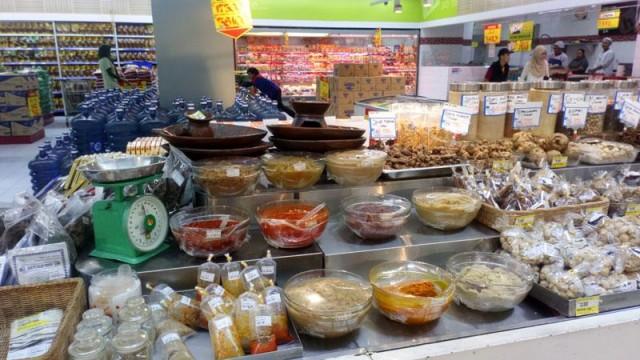
Ramadan From A City Girl’s View
I’ve always had a bit of a struggle observing Ramadan in a predominantly non-Muslim nation, which is why it was such a pleasure to hear from Maya, my new Indonesian friend, about how Ramadan is observed in predominantly Muslim Jakarta. ??S
he says that every morning she wakes up very early at 2:30 for the sahoor meal, which is the only meal she will have the whole day. “I’ll have some fried rice and chicken nugget or even Indomie instant noodles,” she says. “Before sahoor, children in my area will hit their kentongan (small bamboo drum) and bucket, and yell the word “sahoor” to wake us all up.”
?After the morning prayer, Maya goes to work. During Ramadan, however, many companies have shorter office hours. Usually, work will end earlier than usual, by 4pm or so in the afternoon. By dusk, people will be spilling into the restaurants to wait for 6pm, when the iftar, the meal to break the fast, will be taken. This is signaled by an Arabic prayer that’s put on every loudspeaker in the city.
I will never forget one iftar moment at a Burger King joint. As early as 5pm, Muslims observing the fast, including a young boy, had already ordered their food. It waited on trays in front of them as they sat together in groups, or by their lonesome.
But everyone, even the young boy, was able to contain their hunger and patiently wait for 6pm to arrive. It was so surreal to witness this collective manifestation of piety and compassion for the hungry and the poor in a most unlikely place – where food is supposed to be consumed right away. In a sense, it takes the word “fast food” to a whole new level.
I Want Sambal To Share?
Sambal is a uniquely Indonesian spice that’s created by mixing chilis, shallots, shrimp, ginger, lime and palm sugar to create a heady paste that explodes in the mouth. It is the Indonesian version of our bagoong and comes in many variants, depending on what new vegetable or meat is mixed in it. However, while we use our bagoong only for certain dishes, Indonesians use it for everything and even eat it as viand.
On one occasion, Ging brought me to a padang restaurant near her office that served a variety of sambal: kikil sambal cabe hijau (green chili made spicy), sambal pete (green beans made spicy), sambal kentang (potatoes made spicy), and sambal udang (shrimp paste made spicy), just to name a few configurations possible.
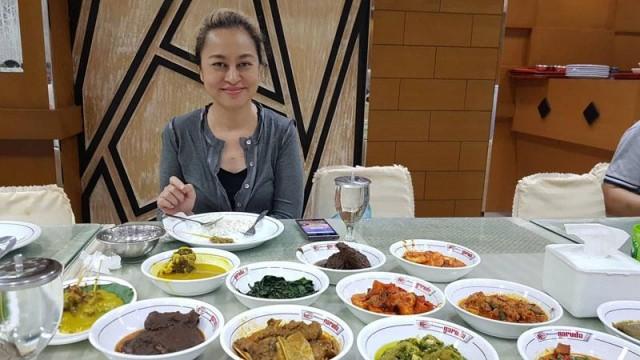
In addition to the spectacular sambal, the other viands were: ayam gulai (chicken curry); rendang daging (spicy beef), gulai otak (ox brain), sayur daun singkong (cassava leaves), kripik kentang balado (spicy potato chips), sate padang (grilled chicken), paru goring padang (lung), and cumi-cumi gulai (squid). Yum!
A Weekend In Jogja
Almost 600 kilometers away from Jakarta is a city called Jogjakarta in Central Java. Fondly nicknamed Jogja, the city is famous for being a university town and academic hub, as well as being a take-off spot for those visiting the ancient sites of Borobudur and Prambanan located at the outskirts.
As I looked out from the 8th floor window of the Grand Quality Hotel where we were billeted, I was reminded so much of our very own Cagayan De Oro and Iligan in Mindanao: greenery and low-rise buildings cupped by a basin-shaped expanse. Perhaps they used to be one massive land mass until the Universe broke them up, as all great love stories go! ?
The young vibe was very strong in this town, and it was only apt that my millennial Filipino-Indonesian niece Mitzi was to show us around. She brought us to the Jogja National Museum to attend a major international exhibit called Art Jog, where we excitedly spotted the works of three Filipino artists: my fellow musician friend Wawi Navarroza; Ronald Ventura; and Jigger Cruz. ??
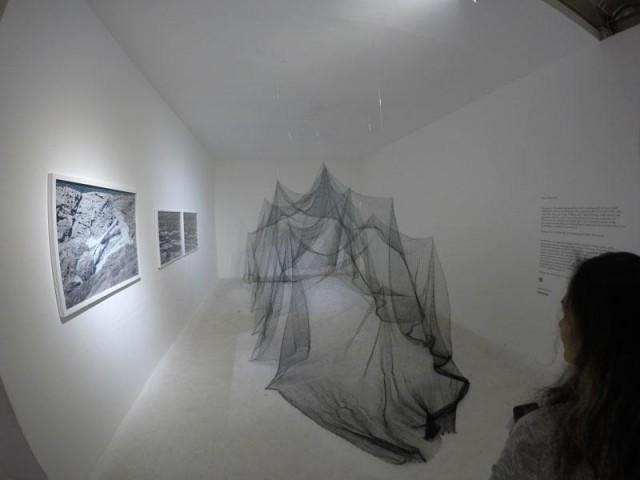
I was especially moved by an interactive installation that involved shadows, another one with a room full of flowers painstakingly made from tissue paper, and another one that featured a huge breathing stone.
On our second day at Jogja, we visited Prambanan temple, about a 15-minute drive from the hotel. The bas-reliefs on the stones, dating back all the way to the 9th century, told the story of Ramayana and the perpetual one-upmanship happening between gods and demons as they constantly tricked each other. E
ach temple housed one of the following gods and their incarnations: Brahma, Vishnu, Shiva and my favorite little god Nandi, a water buffalo that was the messenger of the gods. In Nandi’s low temple, I quietly made a wish as I ran my hand across its smooth body made of ancient volcanic stone, and felt a calm energy go through my body: perhaps the wish had been successfully sent, after all!??
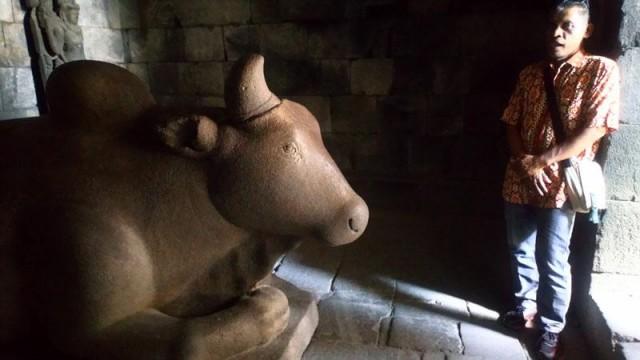
After a quiet afternoon at the ancient ruins of Ratu Boko, a 15-minute drive from Prambanan, we decided to have an early dinner at a hole-in-the-wall back in Jogja that served the region’s most famous delicacy: gudeg, made from unripe langka and slow-cooked in palm sugar and coconut milk. Variants may contain chicken, beef and hard-boiled egg, and look just like our adobo. This dish is sold in cans or clay pots wrapped in cloth.
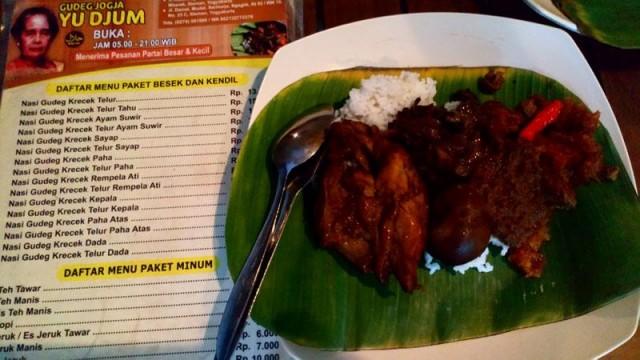
The Other Philippines
There is still so much to explore in Indonesia, at prices that didn’t ruin you. The airfare to Jakarta from Manila may be a little steep, but once here, the prices of things seem to diminish without effect on quality or experience.
In Malioboro Road at Jogja, I was able to buy quality printed t-shirts for less than P100, while back in Jakarta, my grocery items set me back by less than a thousand pesos.
Unfortunately, I met a terrible problem at the airport as I was checking into my flight back to Manila: Excess Baggage!
That unfortunate hitch notwithstanding (the only one I had throughout the whole trip, praise Allah), I still think my Ramadan holiday in Indonesia has been one of my most perfect vacations ever, and it could be for anybody else wanting to experience this country like never before.
So, terima kasih to my best friend Ging, my cousin Allan and his daughter Mitzi, my college friends Amelia and Yosef, my new Indonesian friends Maya, Dina and her crew, and of course, Indonesia itself, for ever giving way to this crazy jaywalking Filipino traveler! — LA, GMA News



